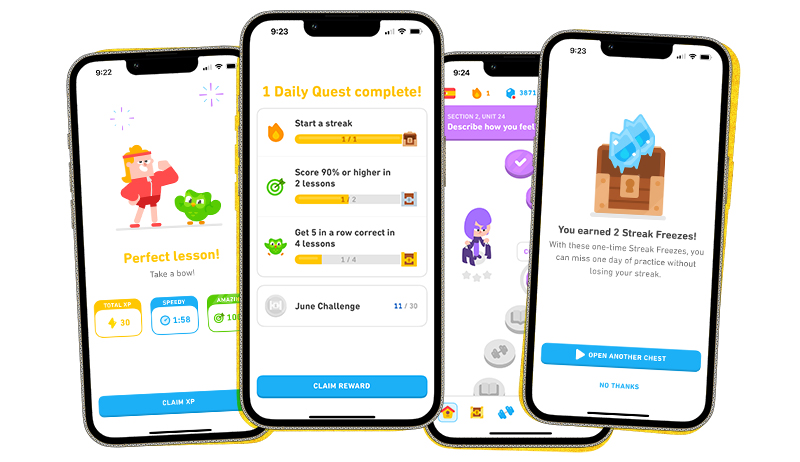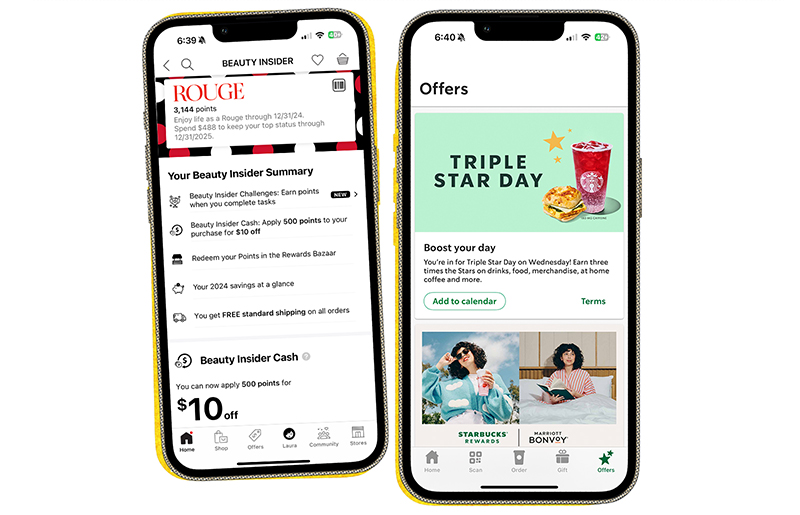Alright, besties. It’s time to bffr.
Translation for us elder generations: Let’s have a real heart-to-heart about the generation that’s turning the marketing world upside down: Gen Z.
“Brat Summer” might be winding down (cue the collective sigh of relief from Millennials, Gen Xers, and Boomers everywhere), but the Gen Z vibes are here to stay. If you’re still marketing like it’s 1999 (or even like it’s 2019), well, you’re about as relevant as a VHS tape or floppy disk.
As these digital natives step into adulting (yes, I cringed while typing that) and start making their mark on the world, their impact on how we communicate is nothing short of revolutionary. They have more spending power than we give them credit for, and they feel empowered to use it on brands that align with their values.
So, how do we, as marketing leaders and strategists, get on their level? Let’s unpack the Gen Z marketing mindset and explore strategies to help you win their hearts and minds (and wallets).
Gen Z: Decoding the digital generation
Gen Z was born between 1997 and 2012. This means only a handful of them even existed before the September 11 attacks. They’ve always had access to social media and reality television, and none of them remember the sense of relief we all felt when the supposed Y2K bug was actually nothing.
We’re talking about a generation with a unique mindset shaped by a lifetime of digital immersion, a constantly evolving world, and an unfortunate series of unprecedented events. And they’re not just rolling with the punches they’ve been dealt; they’re thriving . Gen Zers are buying homes earlier than previous generations. They are entering the post-grad job market with a rosy outlook. And Gen Z seriously values work-life balance and mental health. It’s almost like they’re learning from our mistakes.
Gen Z values experiences over possessions, and they’re quick to call out brands that don’t walk the walk. They’re not just consumers; they’re activists, advocates, and change-makers. And they have deep pockets, representing more than $450 billion in global spending power.
But there’s even more to it than that. Here are a few additional things that make Gen Z stand out:
Diversity and inclusion matter 🌈
They’re all about authenticity, social responsibility, and diversity. And it shows in numbers. While they are the last generation projected to have a non-Hispanic white majority (51%), one-quarter of Gen Z individuals identify as Hispanic, and 15% are non-Hispanic Black. Their diversity extends beyond race and ethnicity; nearly one in five Gen Z adults identify as LGBTQ+, compared to less than one in ten of all U.S. adults. As a result, they seek out brands that reflect their diverse community. With their support, companies owned by POC and LGBTQ+ innovators have taken off, including Byoma, Telfar Global, and Mented Cosmetics (just to name a few).
They’re digital natives 📲
Members of Gen Z were practically born with smartphones in their hands. In fact, they log almost 9 hours of screen time every day. They consume content at lightning speed, multitask across multiple platforms, and expect brands to keep up with their fast-paced digital lifestyles.
Values drive decision-making 💗
Now, here’s where it gets interesting. While it’s important to understand Gen Z’s demographics (age, location, etc.), it’s their valuegraphics that truly drive their decisions. Gen Z consumers want brands to stand for something, to make a positive impact on the world, and to reflect their own values and beliefs. And if the brands don’t live up to their values, it shows on the bottom line. Just ask Starbucks, whose CEO was recently ousted after a sales slump many associate with the company’s response to the conflict in Palestine.
The power of community 🫂
Gen Z is all about community and connection. They crave a sense of belonging and actively seek out brands that foster a sense of community and shared purpose. One recent survey found that 82% of Gen Z participants actively want to be part of a community. And with this desire for connection in mind, platforms like TikTok, Twitch, and Discord have exploded in popularity because they allow users to converse with others who share their interests, creating a strong sense of community around shared hobbies and passions.
The Gen Z effect on marketing
Gen Z isn’t just disrupting the field; they’re rewriting the rulebook. This means traditional marketing tactics just don’t cut it anymore. Gen Z craves personalized, interactive experiences that speak to their values and make them feel seen and heard.
Here are a handful of ways that marketing to Gen Z might differ from marketing to older generations:
- Authenticity and transparency: Forget slick sales pitches and airbrushed perfection. Gen Z can spot inauthenticity a mile away. They want brands to be real, relatable, and transparent about their practices, even if it means showing their flaws.
- Social media dominance: TikTok and Instagram and Snapchat, oh my! These platforms are Gen Z’s playgrounds. If you’re not there, you’re missing out on a huge opportunity to connect with them where they spend most of their time.
- Short attention spans: We’re talking goldfish-level attention spans here. Under Gen Z’s marketing rulebook, your content needs to be snappy, engaging, and get to the point fast. Think bite-sized videos, eye-catching visuals, and concise messaging.
- The rise of micro-influencers: Forget mega-influencers with millions of followers. Gen Z is more likely to trust recommendations from micro-influencers who feel like friends and share their values.
- The demand for social responsibility: Gen Z expects brands to take a stand on social and environmental issues. They want to support businesses that are making a positive impact on the world.
Marketing to Gen Z: Strategies that work
Let’s keep it simple: you need to know how to market to Gen Z. Here are some strategies to get you started:
User-generated content (UGC)
Gen Z trusts their peers more than big brands. Encourage them to create and share content about your brand. Run contests, challenges, or campaigns that tap into their creativity and give them a platform to express themselves. Reddit is a good source for UGC, and won’t hurt your SEO efforts either.
Influencer marketing
We’ve talked about the connection between SEO and influencer marketing before, but it hits differently when you’re marketing to Gen Z. Partner with Gen Z influencers who resonate with your target audience and embody your brand values. Remember, authenticity is key and micro-influencers matter.
Personalization and customization
Use data to tailor your marketing messages to individual preferences. Show them that you understand their needs and interests. This might include serving them retargeting ads for similar products or sending them emails that tells a story about the content they engaged with. For example, if a company is promoting a supplement that has many benefits including sleep aid, gut health, and mental acuity, and a user engages with just sleep aid content, email them one of your articles about the potential causes of poor sleep.
Give them an experience
Gen Z doesn’t want marketers to talk at them. They seek engagement and interaction. Brands that engage with Gen Z consumers through experiences will be more effective. Consider Nike By You. The brand’s latest venture caters to younger sneakerheads by giving them a playground to select materials and colors to match their style. The result is a customized product that expresses unique individuality.
Mobile-first approach
Gen Z lives on their phones. Make sure your website and content are optimized for mobile devices. Think fast loading times, strong Core Web Vitals, easy navigation, and thumb-friendly design.
Embrace humor and pop culture
Gen Z loves a good laugh and appreciates brands that can tap into their sense of humor and pop culture references. From using their language in your copy to tagging trending pop songs in your Instagram Stories, there are many ways to get on their level. Some government entities are nailing this.
Meet them where they are
Don’t rely solely on the advertising channels you’ve used in the past. Explore new platforms and formats that resonate with Gen Z, such as gaming platforms, streaming services, and podcasts. You might even consider creating immersive experiences that allow Gen Z to interact with your brand in a meaningful way. Think AR filters, gamified content, and live events.
Gen Z marketing matters more now than ever
Marketing to Gen Z is both a challenge and an incredible opportunity. By understanding their values, behaviors, and preferences, you can create campaigns that truly resonate and drive results. Remember, Gen Z isn’t just the future; they’re the present. And they’re shaping the marketing landscape in ways we’re only beginning to understand.Need help navigating the ever-changing world of Gen Z marketing? Tallwave is here to help! We specialize in executing integrated marketing, product design, and data strategies that connect with audiences across generations. Let’s talk.















